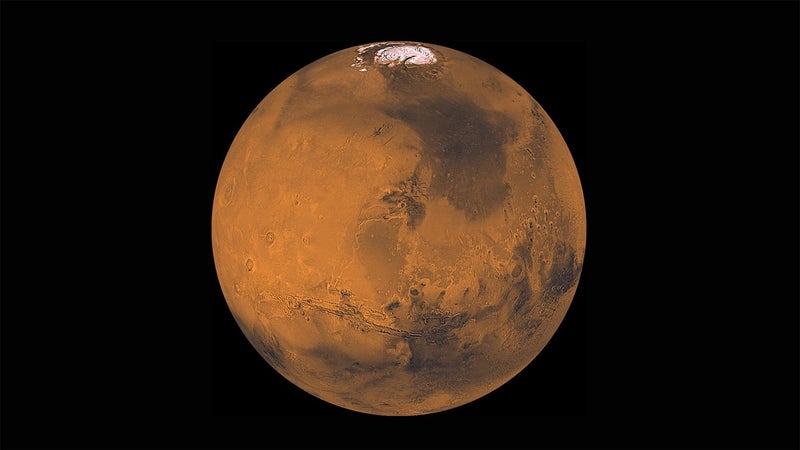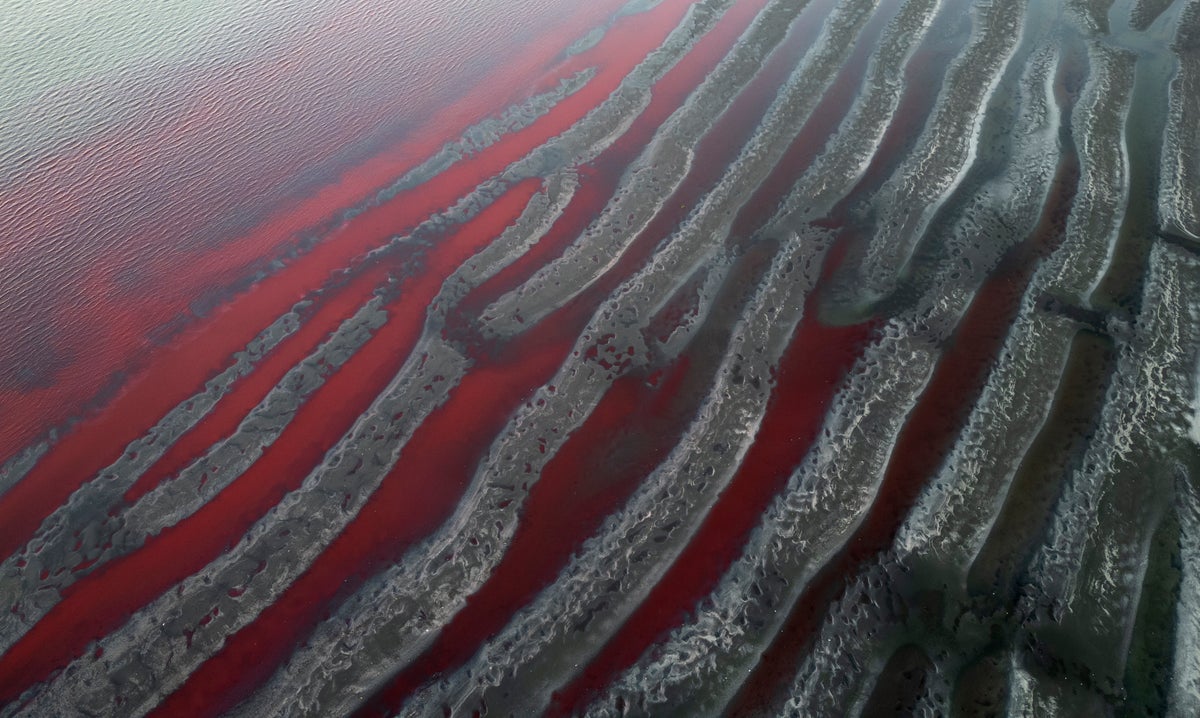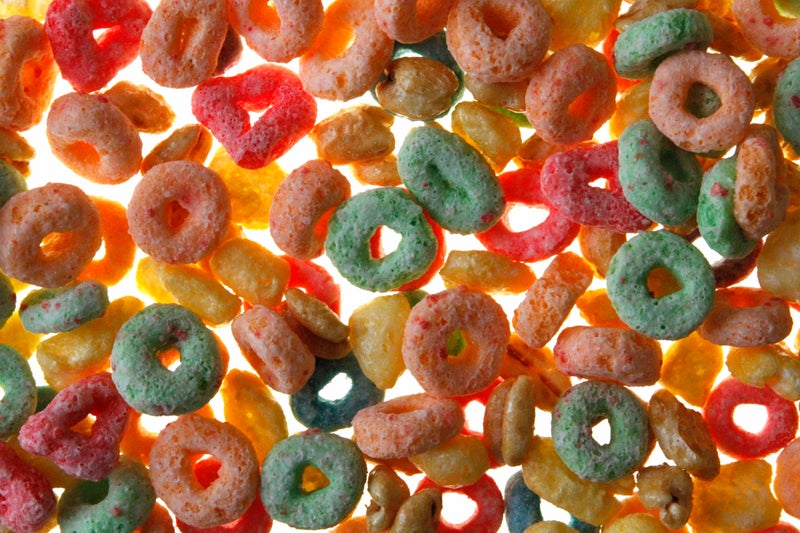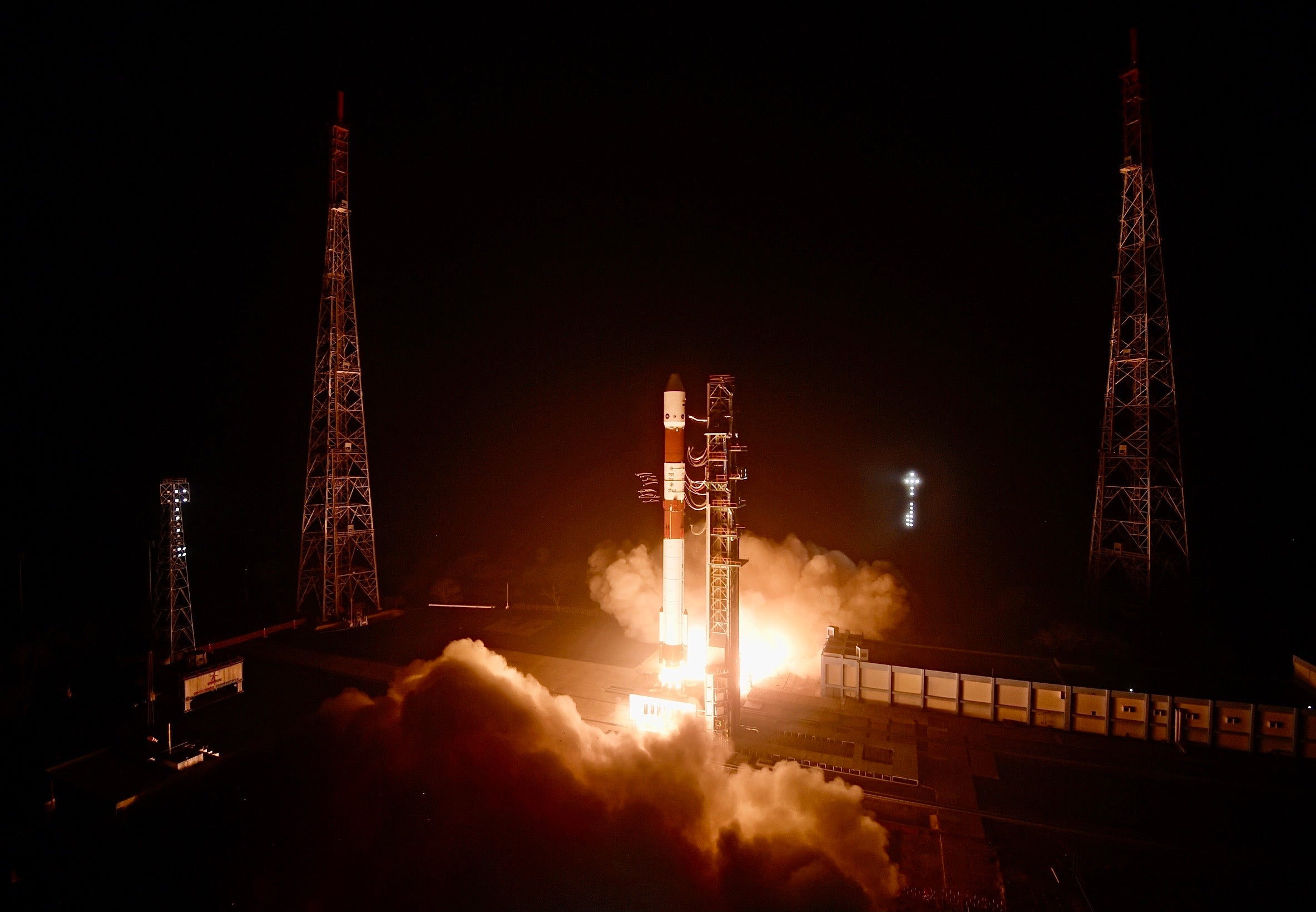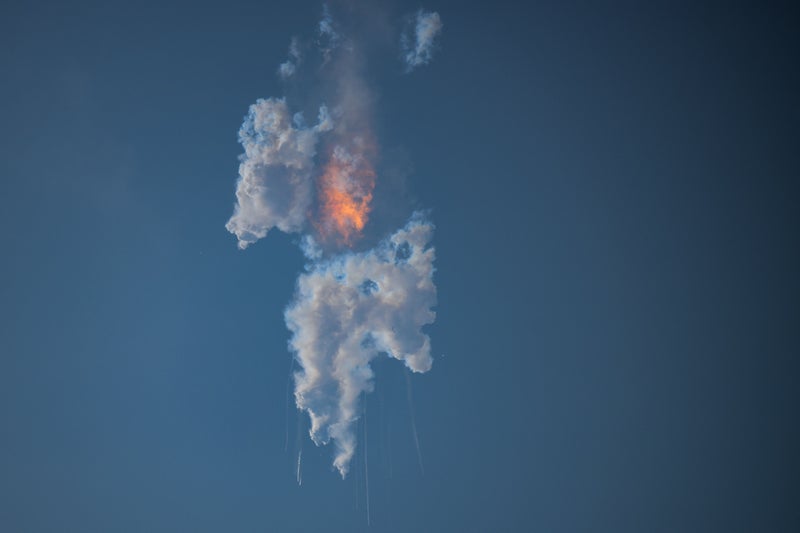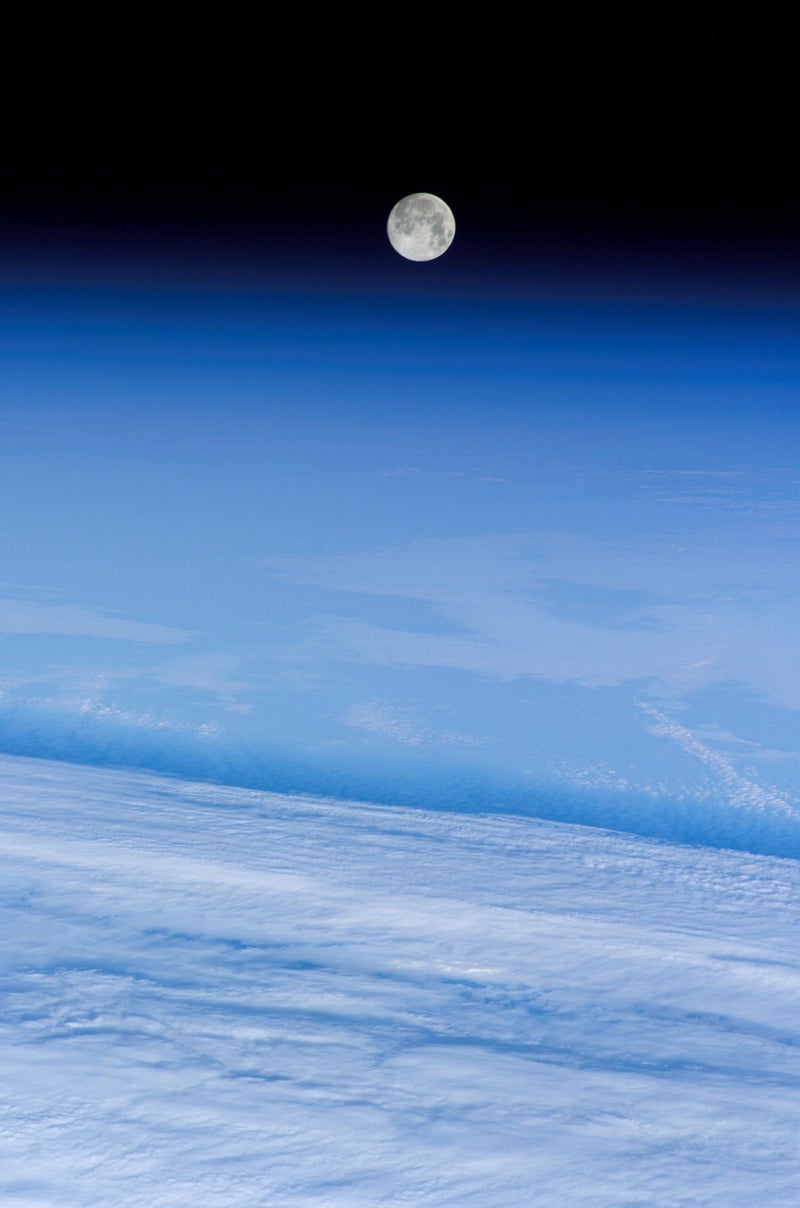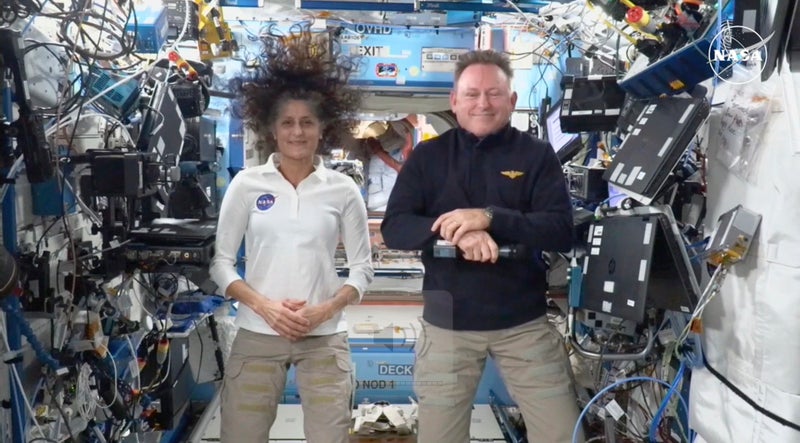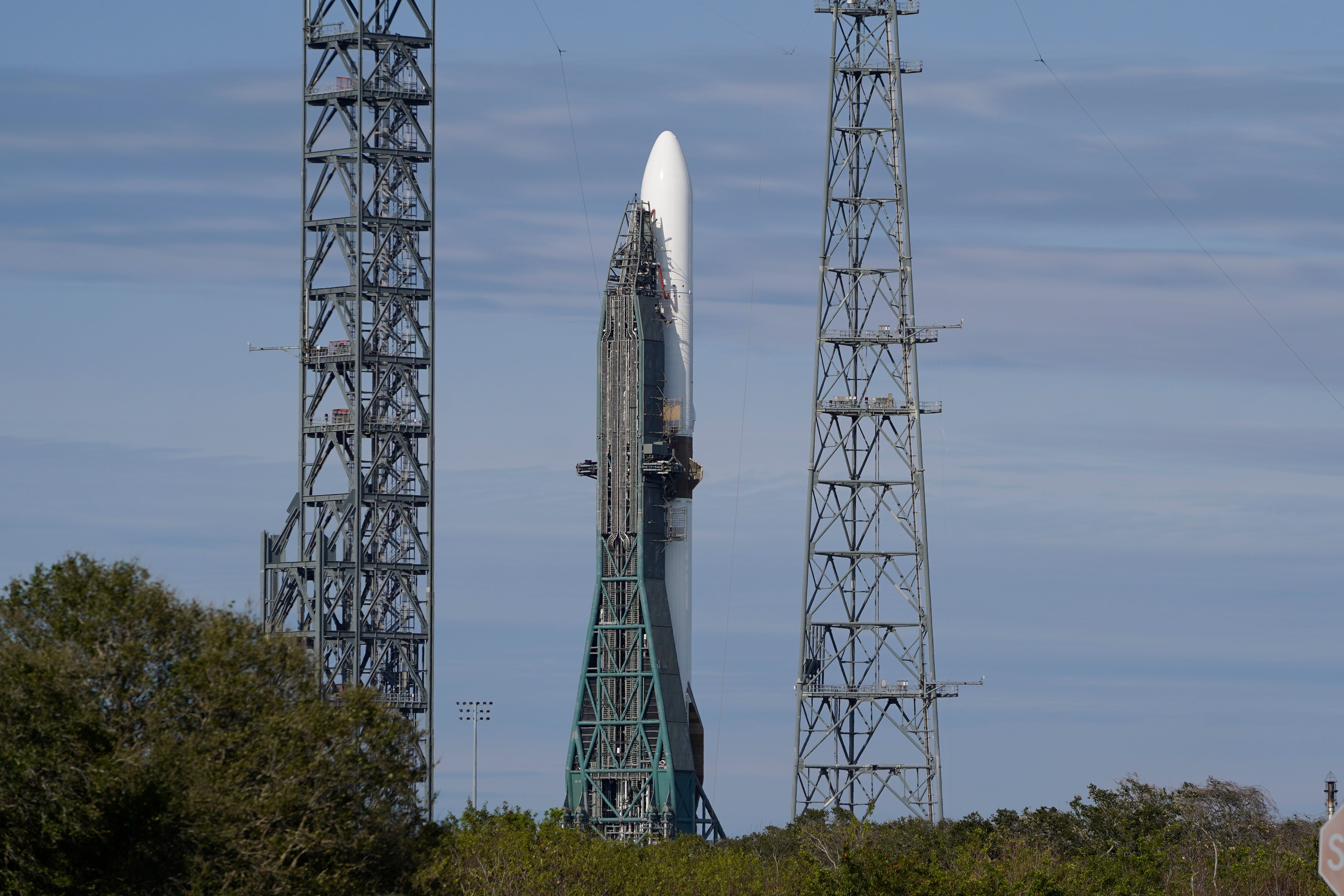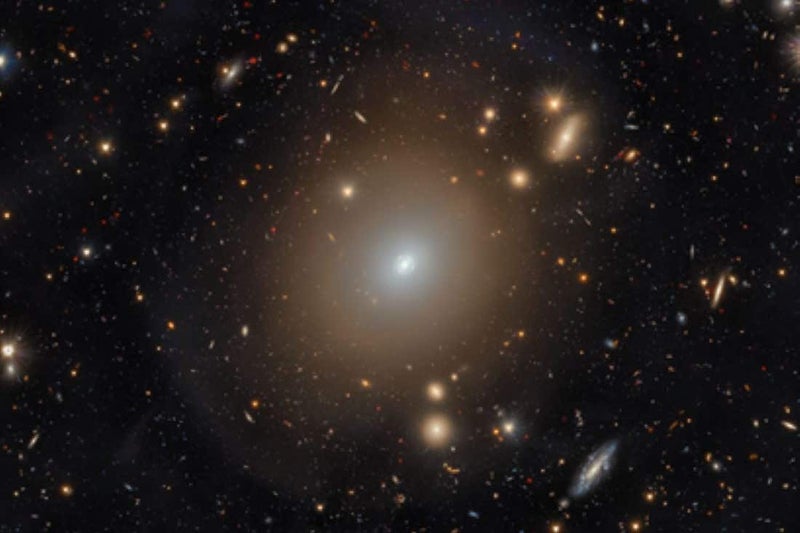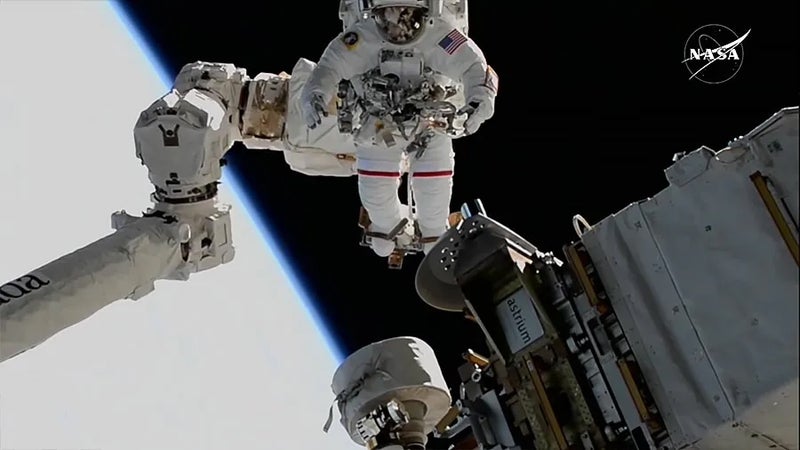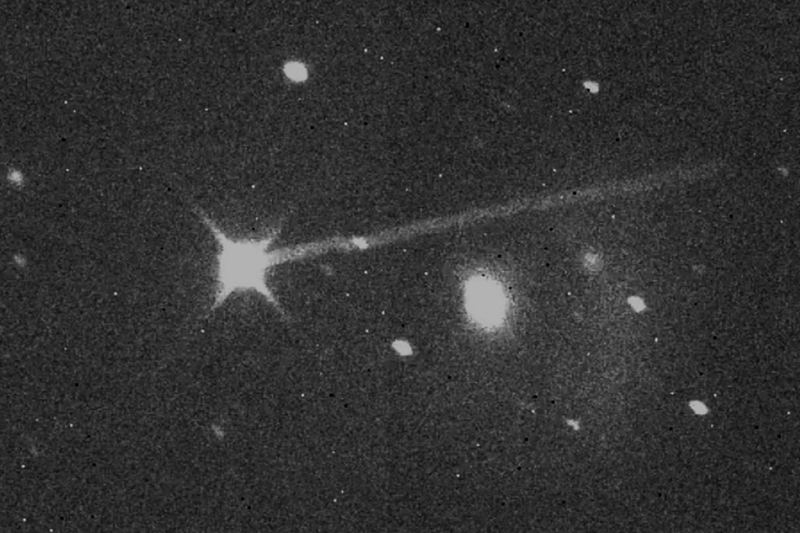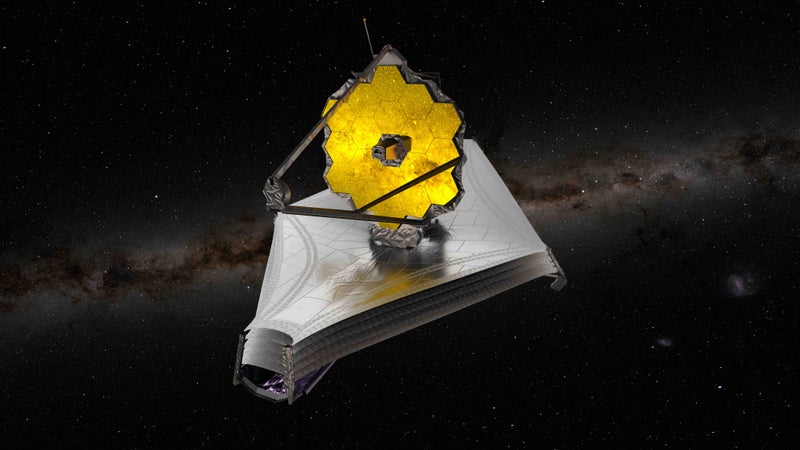Red dust has blown around the planet for billions of years, leading to its iconic hue. Scientists might have been wrong about perhaps the most obvious thing about Mars: the red colour that gave it its nickname. Although the celestial body is located 140 million miles away from Earth, there’s a lot that astronomers know about it. For example, it’s a dusty red color.
![[Mars turned red, with rusty dust blowing across the planet for billions of years. Dust storms there can engulf the entire planet]](https://static.independent.co.uk/2025/02/24/22/44/How-Mars-turned-red1-2.jpeg)
The red dust on Mars is mostly rust. The iron minerals in the soil rusted, similar to how rust forms on Earth. Known as iron oxide, the material has been broken down and spread all around Mars by Martian wind. It’s a process that has happened for billions of years, and is still happening today.
![[Utilizing new techniques and data from spacecraft orbiting Mars and on its surface, scientists were able to recreate Martian dust. They used an advanced grinder]](https://static.independent.co.uk/2025/02/24/21/54/powder-in-a-sample-container-(credits-A-Valantinas).jpeg)
But, the exact chemical make up of the iron oxide has been debated in recent years. Previous observations did not find evidence of water contained within the iron oxide. So, researchers had posited that the type of iron oxide much have been the mineral hematite and formed under dry surface conditions through reactions with the planet’s atmosphere over billions of years – following its early wet period.
Using spacecraft observations and new lab techniques, scientists now say that the red color is better suited to iron oxides that contain water. That mineral is known as ferrihydrite, which forms in the presence of cool water. “We were trying to create a replica martian dust in the laboratory using different types of iron oxide. We found that ferrihydrite mixed with basalt, a volcanic rock, best fits the minerals seen by spacecraft at Mars,” said Valantinas.
But, because ferrihydrite could only have formed when water was still present on the surface, the researcher said Mars rusted earlier than they previously thought. “Moreover, the ferrihydrite remains stable under present-day conditions on Mars,” he noted.
The replica Martian dust was created using an advanced grinder, grinding the dust to the equivalent of one-one-hundredth of a human hair. They analyzed the samples using the same techniques as orbiting spacecraft. They used data from the agency’s Trace Gas Orbiter, NASA’s Mars Reconnaissance Orbiter, and rover data to determine particle size and composition to create the right size dust in the lab.
Newly-collected samples will help them to learn more down the line. Although, they may have to wait a few years before they can come back to Earth. “Some of the samples already collected by NASA’s Perseverance rover and awaiting return to Earth include dust; once we get these precious samples into the lab, we’ll be able to measure exactly how much ferrihydrite the dust contains, and what this means for our understanding of the history of water – and the possibility for life – on Mars,” Colin Wilson, Trace Gas Orbiter and Mars Express project scientist, said.

